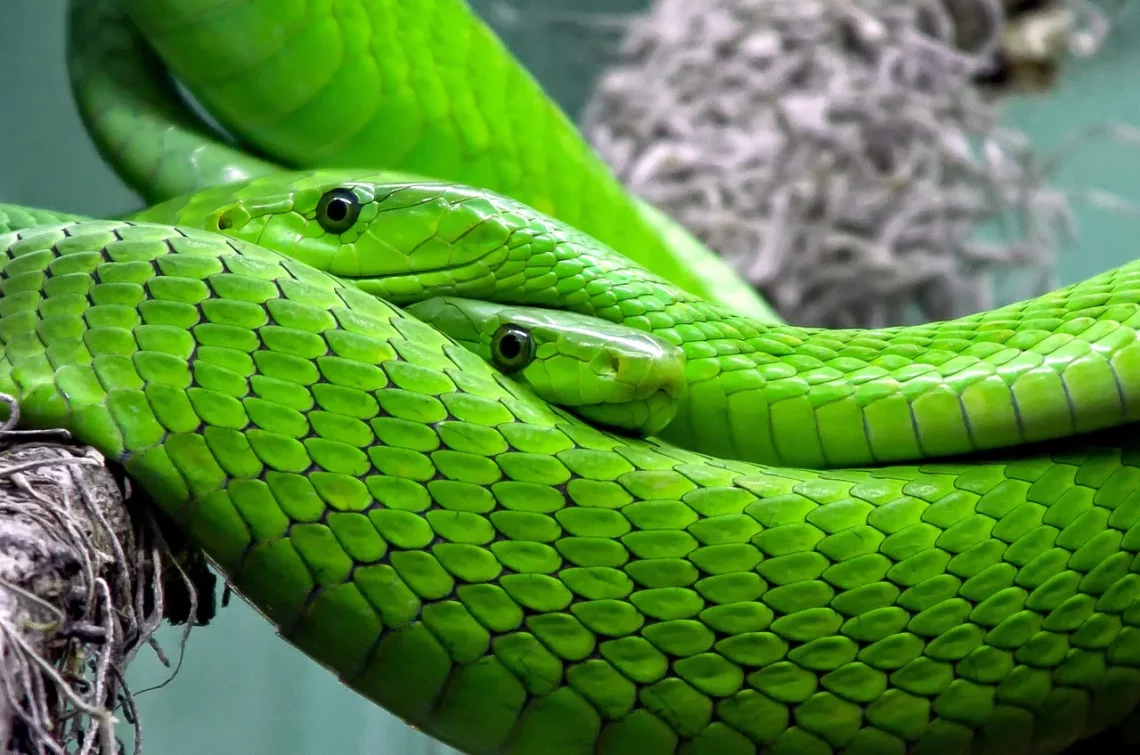
Understanding the Fascinating World of Anal Snakes in Nature
The natural world is full of intriguing phenomena that often go unnoticed. Among these, the unique adaptations and behaviors of various species can be both fascinating and bewildering. One such example is the captivating role of anal snakes in nature. These serpentine creatures, which can be found in various ecosystems, exhibit a range of remarkable traits that allow them to thrive in their environments. From their distinctive physical characteristics to their intriguing behaviors, anal snakes offer a glimpse into the complex interactions within the animal kingdom.
As we delve deeper into the ecology and biology of anal snakes, we uncover the intricate relationships they maintain with other species and their surroundings. These snakes, often misunderstood, play essential roles in their ecosystems, contributing to the balance of prey and predator dynamics. Their presence can indicate the health of their habitats, making them vital subjects of study for ecologists and conservationists alike. Understanding these snakes not only enhances our appreciation of biodiversity but also highlights the importance of preserving the delicate ecosystems they inhabit.
In this exploration, we will examine the various aspects of anal snakes, including their habitats, behaviors, and roles in the ecosystem. By shedding light on these fascinating creatures, we aim to foster a deeper understanding of their significance in nature and encourage a greater appreciation for the diversity of life forms that share our planet.
Ecological Significance of Anal Snakes
Anal snakes, like many reptiles, play crucial roles in their ecosystems. They often serve as both predators and prey, contributing to the intricate web of life that sustains various environments. As predators, they help control the population of smaller animals, including rodents and insects, which can otherwise become overwhelming if left unchecked. This predatory behavior ensures a balanced ecosystem, preventing overpopulation and the subsequent depletion of resources.
In addition to their role as predators, anal snakes are also integral to the food chain. They provide nourishment for larger animals, such as birds of prey and mammals. This dual role emphasizes the interconnectedness of species within an ecosystem. When anal snakes thrive, it often indicates a healthy environment, as they require specific conditions to survive, including adequate food supply and suitable habitats.
Moreover, anal snakes contribute to the dispersal of seeds and nutrients throughout their habitats. As they move through their environment, they help facilitate various ecological processes, such as soil aeration and nutrient cycling. This not only benefits the immediate area but also promotes overall ecosystem health. Therefore, understanding the ecological significance of anal snakes is vital for conservation efforts, as their decline could lead to broader ecological repercussions.
In many regions, the conservation of anal snake populations is crucial. Habitat destruction, pollution, and climate change threaten their existence, making it essential to protect their natural habitats. By fostering an appreciation for these creatures, we can advocate for policies and practices that preserve their environments and ensure their survival for future generations.
Physical Characteristics and Adaptations
The physical characteristics of anal snakes are as diverse as the habitats they inhabit. Generally, these snakes exhibit elongated, slender bodies that enable them to navigate through various terrains, from dense forests to sandy deserts. Their coloration often reflects their surroundings, providing effective camouflage against predators and potential prey. This adaptation not only aids in hunting but also provides protection from larger animals that may pose a threat.
One of the most intriguing aspects of anal snakes is their unique reproductive adaptations. Many species have developed specialized behaviors for mating and egg-laying. For instance, some anal snakes engage in elaborate courtship rituals to attract mates. These behaviors can include intricate movements and displays of color, which highlight their physical fitness and genetic quality.
Moreover, anal snakes possess various physiological adaptations that enhance their survival. Their ability to regulate body temperature through behavioral means, such as basking in sunlight or seeking shade, allows them to thrive in varying climates. This thermoregulatory behavior is critical for maintaining metabolic functions and ensuring proper digestion.
Another fascinating adaptation is their feeding mechanism. Anal snakes are known for their ability to consume prey that is significantly larger than their head. This remarkable capability is facilitated by their highly flexible jaws, which can stretch and accommodate larger meals. This adaptation not only provides them with a broader range of dietary options but also highlights their evolutionary success in diverse environments.
Understanding these physical characteristics and adaptations helps us appreciate the evolutionary processes that have shaped anal snakes over time. Their ability to thrive in various habitats is a testament to the resilience of life and the intricate mechanisms that govern survival in the natural world.
Behavioral Traits and Social Interactions
The behavioral traits of anal snakes are as varied as their physical characteristics. These snakes exhibit a range of behaviors that are essential for their survival, including hunting strategies, social interactions, and territoriality. Understanding these behaviors provides insight into their ecological roles and how they interact with their environment.
One of the most notable behaviors is their hunting strategy. Anal snakes are primarily ambush predators, relying on stealth and patience to catch their prey. They often remain motionless for extended periods, blending into their surroundings until an unsuspecting animal comes within striking distance. This strategy not only conserves energy but also increases their chances of a successful hunt.
Social interactions among anal snakes can also be complex. While many species are solitary, some exhibit social behaviors during mating season or when basking in groups. These interactions can include displays of dominance or aggression, particularly among males competing for mates. Understanding these social dynamics is vital for comprehending their reproductive success and population dynamics.
Territoriality is another important aspect of anal snake behavior. Many species establish and defend territories during the breeding season to ensure access to resources and mates. This territorial behavior can lead to confrontations between individuals, often showcasing their physical strength and agility. Such interactions highlight the competitive nature of these reptiles and their adaptations for survival.
In addition to these behaviors, anal snakes also communicate through various means, including pheromones and body language. These forms of communication are essential for establishing social hierarchies and facilitating reproductive activities. By studying these behavioral traits, we gain a deeper understanding of the complexities of anal snake life and their roles within their ecosystems.
Conservation Challenges Facing Anal Snakes
Despite their ecological significance, anal snakes face numerous conservation challenges that threaten their populations and habitats. Habitat destruction is one of the most pressing issues, often resulting from urbanization, agriculture, and deforestation. As these activities encroach upon their natural environments, anal snakes are left with fewer places to live and hunt.
Pollution also poses a significant threat to anal snakes and their ecosystems. Contaminants from agricultural runoff, industrial waste, and plastics can accumulate in their habitats, leading to health issues for these reptiles and the animals they prey upon. The impact of pollution on the food chain can have cascading effects, further endangering the delicate balance of their ecosystems.
Climate change is another formidable challenge, as it alters temperature and precipitation patterns, affecting the availability of resources and suitable habitats for anal snakes. As temperatures rise, some species may struggle to adapt to the changing conditions, leading to population declines and potential extinction.
Conservation efforts are essential to address these challenges and protect anal snake populations. This includes habitat restoration, pollution reduction initiatives, and climate change mitigation strategies. Public awareness and education are also crucial in fostering a greater appreciation for anal snakes and their role in the ecosystem.
By advocating for the conservation of anal snakes and their habitats, we can contribute to the preservation of biodiversity and the health of our planet. It is imperative that we recognize the interconnectedness of all species and work towards sustainable practices that benefit both wildlife and human communities.
In conclusion, understanding the fascinating world of anal snakes reveals the intricate relationships that exist within ecosystems. By exploring their ecological significance, physical characteristics, behaviors, and conservation challenges, we can appreciate the complexity of life on Earth and the importance of preserving it for future generations.
**Note:** This article is for informational purposes only and should not be considered medical advice. If you have health concerns or questions, please consult a qualified healthcare professional.




